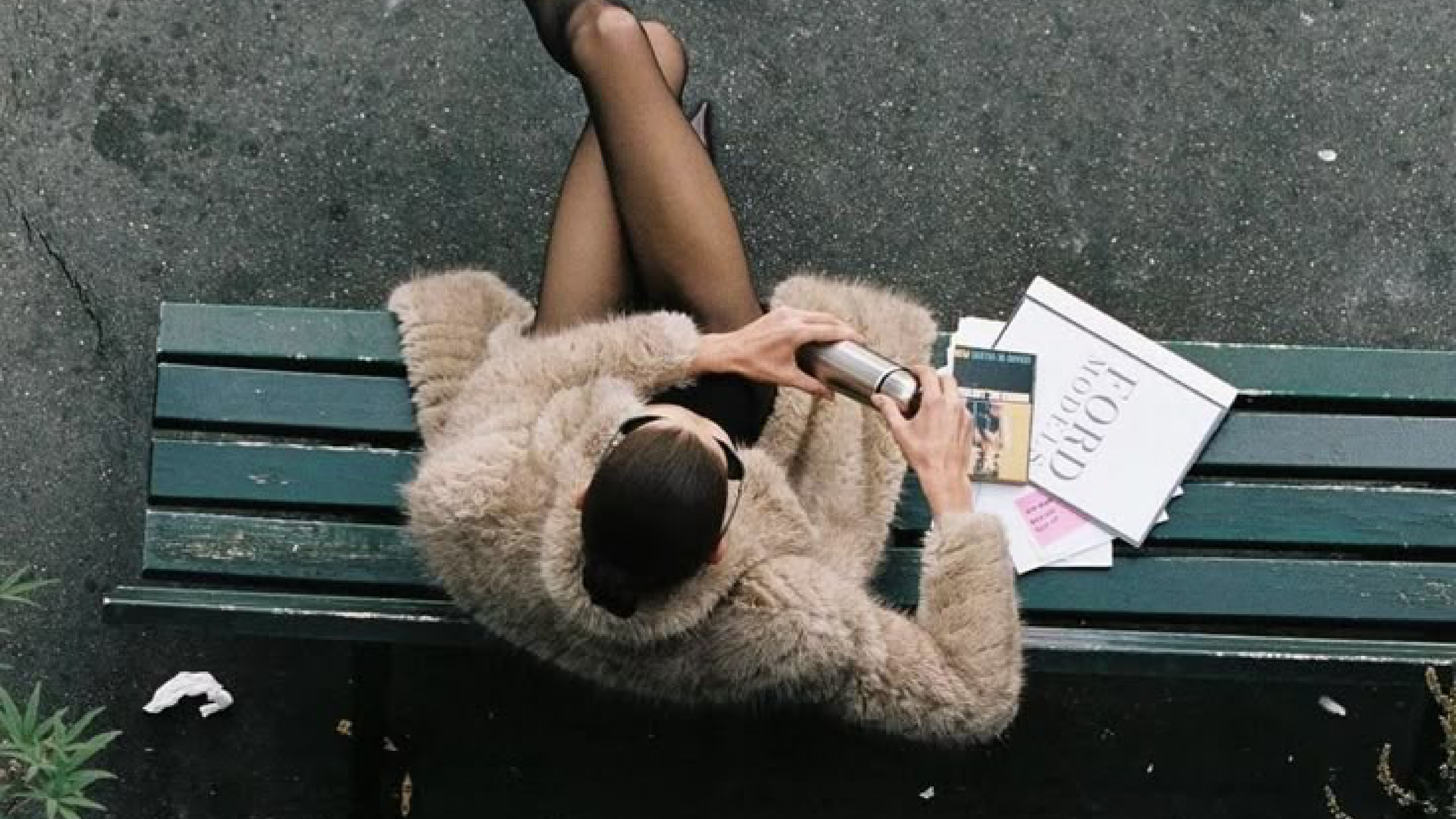The Boom Years (2019-2023): When Luxury Was Thriving
Between 2019 and 2023, the luxury industry enjoyed an era of exceptional growth, outperforming global economic trends. The market for personal luxury goods—encompassing fashion, leather goods, watches, and jewellery—expanded at an impressive rate of 5% annually. This figure was two percentage points higher than the global GDP growth, highlighting luxury’s resilience and its unique ability to command demand even in fluctuating economic conditions. Luxury brands capitalised on their heritage, craftsmanship, and marketing prowess to elevate their desirability and appeal to a wider, more affluent audience across the globe.
A major driver of this growth was the Chinese domestic market, which saw explosive expansion during this period. China’s appetite for luxury was insatiable, with the market growing at an extraordinary 18% annually, nearly doubling in size within just four years. Chinese consumers alone accounted for around 40% of the total global luxury market growth, solidifying the country’s status as the industry's most important growth engine. Brands expanded aggressively in key Chinese cities, tailoring their strategies to cater to the preferences of a younger, increasingly sophisticated demographic eager to indulge in high-end fashion and accessories.
Interestingly, the majority of this growth did not come from selling more products but rather from strategic price increases. Over 80% of the market’s expansion was driven by brands raising prices rather than boosting sales volume. Luxury consumers, particularly in key markets such as China, Europe, and the US, continued to pay premium prices, reinforcing the notion that exclusivity and prestige were more important than affordability. Brands meticulously controlled their pricing strategies, ensuring that their products remained aspirational while enhancing profitability without diluting demand.

The rise of "megabrands" further fuelled luxury's golden era. Powerhouses such as LVMH, Hermès, and Kering grew at an astonishing rate, achieving annual revenues exceeding €5 billion and expanding at 11% per year—double the industry average. These brands dominated through aggressive store expansion, large-scale marketing campaigns, and savvy digital strategies that connected with younger audiences through social media and influencer partnerships. Their ability to create cultural moments, capitalise on heritage storytelling, and maintain an air of exclusivity set them apart from smaller competitors struggling to keep pace.
Luxury’s success in these years can largely be attributed to three key factors: brands' ability to implement successful price hikes without alienating customers, China’s booming demand for luxury goods, and the increasing dominance of large global luxury houses that leveraged their scale and brand equity to outgrow the competition.
The Slowdown (2024): Why Luxury is Struggling Now
In stark contrast to the boom years, 2024 has brought with it a more challenging landscape for luxury brands. Growth projections have been significantly downgraded, with the industry expected to expand at a mere 1-3% annually from 2024 to 2027. This slowdown signals a major shift from the previously robust market conditions and poses several challenges for luxury houses navigating this new reality.
One of the most pressing concerns is the economic slowdown in China, which has had a significant impact on global luxury sales. The Chinese market, once the primary driver of industry growth, has shown signs of stagnation due to macroeconomic challenges, shifting consumer behaviour, and regulatory changes. With Chinese consumers tightening their spending, brands that had heavily relied on this market are now facing declining revenues and must look elsewhere for growth opportunities.
Despite the struggles in China, the US luxury market remains a beacon of hope. Thanks to rising disposable incomes and a resilient economy, luxury sales in the US are projected to grow at a steady 4-6% annually. American consumers continue to show a strong appetite for high-end fashion, accessories, and experiences, offering brands an opportunity to refocus their efforts on this lucrative market. However, brands must adapt their strategies to cater to shifting consumer expectations, with a stronger emphasis on exclusivity and unique experiences.

A major challenge facing luxury brands today is the issue of overexposure. Over the past five years, rapid expansion and aggressive marketing strategies have made luxury more accessible than ever before. While this helped fuel growth during the boom years, it has also diluted the sense of exclusivity that defines true luxury. When too many people own the same luxury products, they lose their aspirational allure, leading consumers to seek out more niche, personalised alternatives.
Quality concerns and a perceived lack of innovation have further exacerbated the industry's struggles. Discerning customers are becoming increasingly critical of luxury brands that fail to deliver on their promise of superior craftsmanship and cutting-edge design. In an era where consumers are more informed than ever, any perceived decline in quality can lead to a loss of trust and loyalty.
Moreover, changing consumer preferences are reshaping the landscape. Today's luxury buyers, particularly younger generations, are prioritising experiences over material possessions. They seek exclusivity through private events, bespoke services, and unique cultural collaborations rather than simply owning high-priced items. Ethical concerns, sustainability, and corporate responsibility have also become non-negotiable expectations, forcing brands to rethink their entire value chain.
What Luxury Brands Should Do Next (2024-2027)
To navigate the evolving landscape, luxury brands must rethink their strategies and focus on five key areas to secure their future.
A strategic reset is crucial for luxury brands looking to maintain their relevance. Rather than chasing mass-market appeal, brands must refocus on their core values and cater to their most loyal customers. This involves reassessing pricing strategies, reinforcing their unique design ethos, and clarifying their long-term brand vision. By prioritising authenticity and heritage, brands can re-establish their desirability and differentiation in an increasingly crowded marketplace.

Product excellence should take precedence over relentless price increases. To justify their high price points, luxury brands must invest in superior craftsmanship, innovation, and quality control. Ensuring that each product reflects the brand's heritage and dedication to excellence will help rebuild consumer trust and reinforce the perception of true luxury.
Customer engagement must evolve to meet the demands of today’s discerning clientele. Personalisation is key, and brands must leverage technology and data to create tailored experiences that resonate with their audience. From exclusive, invite-only events to one-of-a-kind customisations, the modern luxury experience must feel truly unique and intimate. Storytelling also plays a critical role in forging emotional connections with customers, highlighting the brand’s heritage and values in a way that feels relevant and inspiring.
Investing in talent and operations will be essential for luxury brands to thrive in the coming years. As the industry evolves, having the right expertise in areas such as digital transformation, supply chain management, and sustainability will be crucial to staying ahead of the competition. Building a strong internal culture that attracts and retains top talent will ensure that brands remain agile and forward-thinking.
Smart expansion into adjacent categories, such as travel, wellness, and lifestyle experiences, presents an opportunity for growth. However, brands must approach diversification with caution, ensuring that any new ventures align with their core identity and long-term strategic goals. Thoughtful expansion can enhance the brand’s positioning without compromising its exclusivity.
The Final Takeaway
Luxury brands can no longer rely solely on high price points and mass appeal to drive growth. The future of luxury lies in authenticity, craftsmanship, and meaningful experiences. As the market recalibrates, brands that remain true to their identity while embracing innovation and sustainability will be the ones to emerge stronger than ever.






.svg)


.svg)
.svg)






